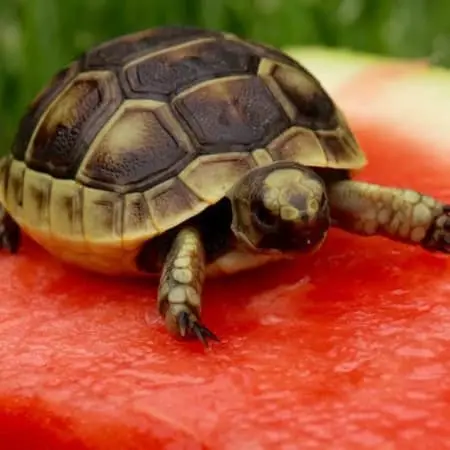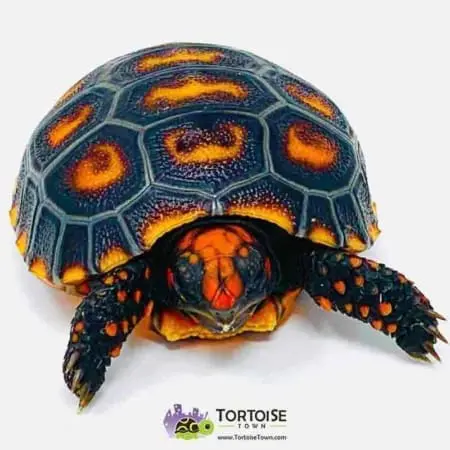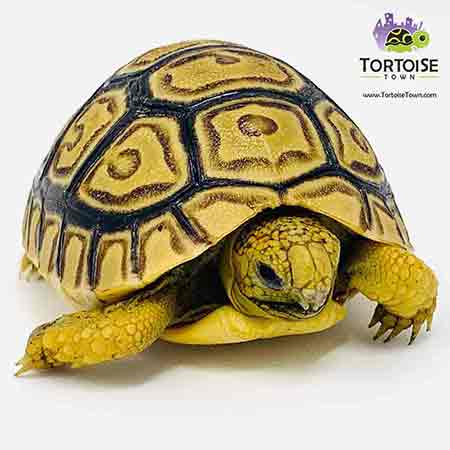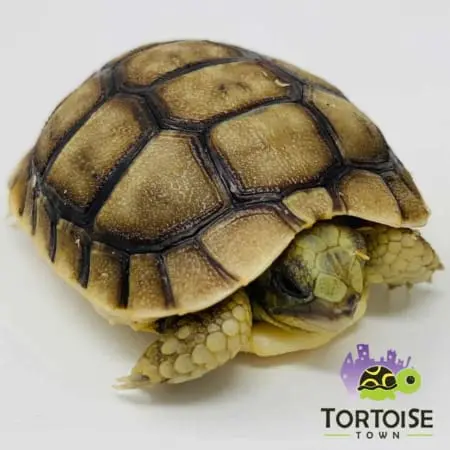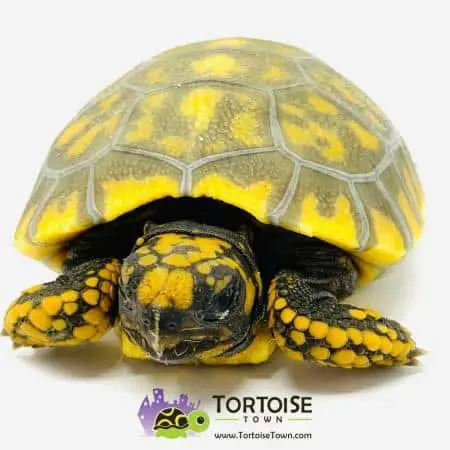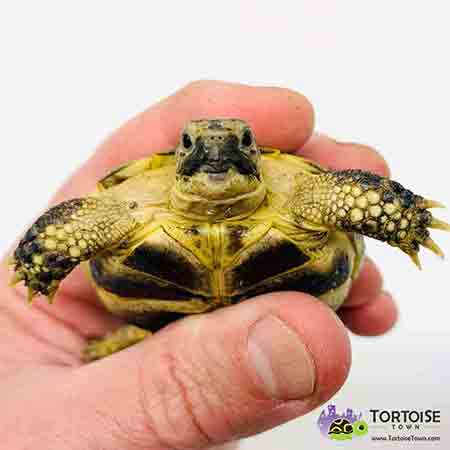Tortoise Egg Incubation & Hatchling Setup for Sulcata, Leopard, Russian & More
Successful tortoise breeding does not end when a female covers her nest. In many captive programs, the real work begins with careful egg incubation and hatchling setup. Whether you are working with Sulcata, leopard, Russian, Greek, Hermann’s or red foot tortoises, mastering these early stages is essential for raising strong, healthy babies.
This guide explains how to collect and handle eggs, incubate them safely, and move hatchlings into nursery enclosures with proper warmth, humidity and diet.
buy a tortoise because they have decades of experience incubating eggs and raising baby tortoises of many species from day one.
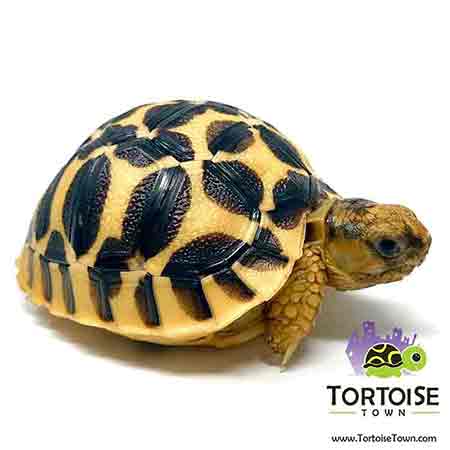
Collecting & Handling Tortoise Eggs
After a female tortoise has laid and covered her eggs, many keepers carefully dig up the nest to transfer the eggs to an incubator. Gentle, methodical excavation is crucial.
- Use your hands, not sharp tools, to avoid damaging eggs.
- Mark the top of each egg with a pencil to preserve orientation.
- Avoid turning or shaking the eggs once they are removed.
- Place them in prepared incubation containers immediately.
Most incubation containers are filled with moist vermiculite or perlite, pre-weighed or measured to achieve the desired moisture content.
Incubation Temperatures & Humidity
Ideal incubation temperatures vary slightly by species, but in many cases, temperatures in the 80–88°F range are used. Some breeders adjust temperature to influence sex ratios, but beginners should prioritize stable, safe temperatures over experimentation.
- Use a reliable, calibrated thermostat and thermometer.
- Maintain consistent humidity with properly moistened substrate.
- Check water levels and substrate moisture regularly.
Too much heat can kill embryos quickly, while low temperatures may delay development or prevent hatching. Stable incubation conditions are more important than trying to shave a few days off the incubation period.
Hatching & First Days
As hatching time approaches, eggs may “sweat,” dent slightly or show small slits where the hatchling begins to pip. It is important not to rush the process. Tortoises often take days to fully emerge, using their yolk sacs for nourishment while they gain strength.
Once hatchlings are fully out and the yolk sac is mostly absorbed, they can be moved to a clean, moist paper towel or gentle substrate in a warm, protected container before transitioning to their main nursery enclosure.
Nursery Enclosure Setup
Baby tortoise nursery enclosures share some common design elements across species:
- Warmth: Provide a basking spot around 95°F with a cooler area for thermoregulation.
- Humidity: Maintain elevated humidity, especially for grassland species like Sulcata and leopard, to prevent pyramiding.
- Lighting: Install appropriate UVB lighting for proper calcium metabolism.
- Substrate: Use moisture-friendly substrates like soil/coco coir blends that are easy on delicate plastrons.
- Hides: Offer multiple hiding spots so babies feel secure rather than exposed.

Hydration & First Meals
Hydration is critical in the early weeks. Babies should receive frequent warm soaks in shallow water to encourage drinking and help them stay hydrated.
- Offer shallow, easy-to-access water dishes at all times.
- Soak hatchlings several times per week, or even daily at first.
First meals typically consist of finely chopped weeds and greens appropriate to the species, such as dandelion, plantain, clover and dark leafy greens. Forest species like red foot tortoises may also receive small amounts of fruit once they are feeding reliably.
Species Differences in Baby Care
While the general process is similar, each species has unique nuances:
- Sulcata & Leopard: Grassland grazers that do best with humid nursery setups and high-fiber plant diets. Many keepers eventually buy Sulcata tortoise or buy leopard tortoise babies that are already well-started in these conditions.
- Russian, Greek & Hermann’s: Mediterranean tortoises that still benefit from humidity in the nursery but are often moved to slightly drier setups as they grow.
- Red Foot: Forest species that require consistently higher humidity and warmer, shaded enclosures from hatchling onward.
Buying Well-Started Baby Tortoises
Not everyone wants to take on egg incubation, and that is perfectly fine. Many keepers prefer to purchase well-started hatchlings that have already passed the most delicate phase.
Most people begin by looking for a tortoise for sale online and soon realize how important it is to choose where to buy tortoise that has been incubated and raised correctly.
By working with an experienced tortoise breeder, you can trust that the hatchling’s egg incubation and early care were handled by professionals. From there, your role is to maintain similar high standards at home and enjoy watching your baby tortoise grow into a strong, healthy adult.



